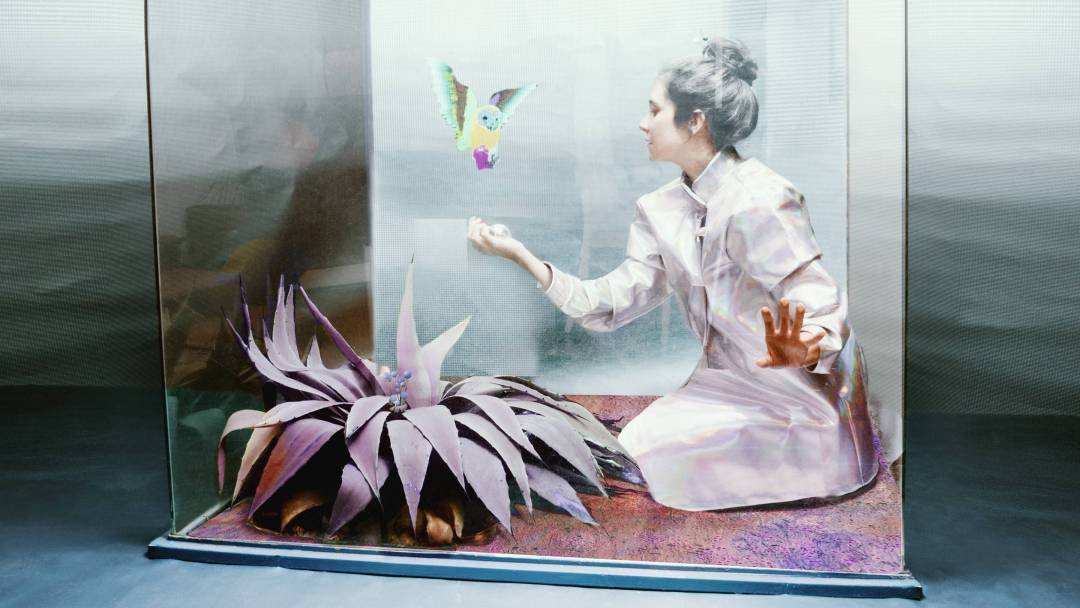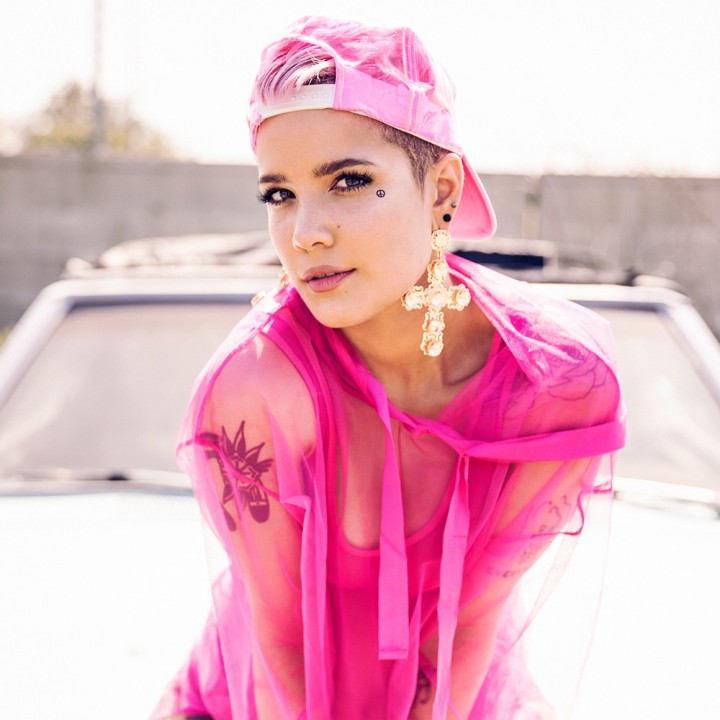
The Playboy Symposium: Art As Activism
Juxtapoz's editor in chief introduces six rising artists igniting new conversations about freedom
It’s amazing how, in the not so distant past, some of the best American art decorated your neighborhood post office. And perhaps even more surprising is the fact that this idea—that tax dollars should be used to make art a part of daily life—was a mandate from the U.S. government.
These days, art, especially in connection to politics, looks less like it did during the heyday of the WPA and more like an extension of grassroots protest and advocacy. You could argue that artists, designers, musicians and poets spread creative capital for Barack Obama throughout the 2008 presidential campaign—so much so that many believed Shepard Fairey’s Hope posters had been bankrolled by the candidate. What originated as an organic image became the emblem of a world in which art and politics could exist hand in hand.
The government may not have been paying for the arts, but in some ways, the transformative political experience that we saw with Fairey’s Hope helped spawn a new movement. Run the clock forward to the 2016 election, and one can’t forget how a particular candidate sparked perhaps the most outrageous protest art America has seen, with “Make America Great Again.” That candidate—inspired, perhaps unwittingly, by 20th century masters of the propaganda poster—ended up increasing the budget for the National Endowment for the Arts after threatening for more than a year to gut its programs. I swear he did it by accident.
In an era when there seems to be a constant struggle to identify what America is, or should be, art reflects the moment and at the same time fights against the notion of singularity.
There’s a reason public art is so popular—why we have art in doctors’ offices and airports and on city streets; why many psychologists say art programs in prisons are a kind of therapy. Art makes you feel, dare I say…good? But for so many years art has been associated with the left wing, with antiauthoritarianism—as seen in everything from the Black Panthers’ poster art to Barbara Kruger’s anticonsumerist wordplay and even Fairey’s Obama work. The most daring art tends to be linked to protest, and many in power would probably prefer those works to be inaccessible to a wider audience.
Art has been displaced in our culture, but the artists in this feature are developing new ways to examine our greater selfhood in an era of disruption. Their art is made with personal and societal implications in mind. Some of it comes from the heart of the justice system, a full turn from the origins of the WPA.
These artists don’t create art for art’s sake. Their works aren’t sharks in formaldehyde—fascinating yet so ostentatious that their meaning is lost in spectacle. This is a look at those who are creating monuments to living, breathing connection in times of discord—and something for us to live with. —Evan Pricco
Miranda Barnes
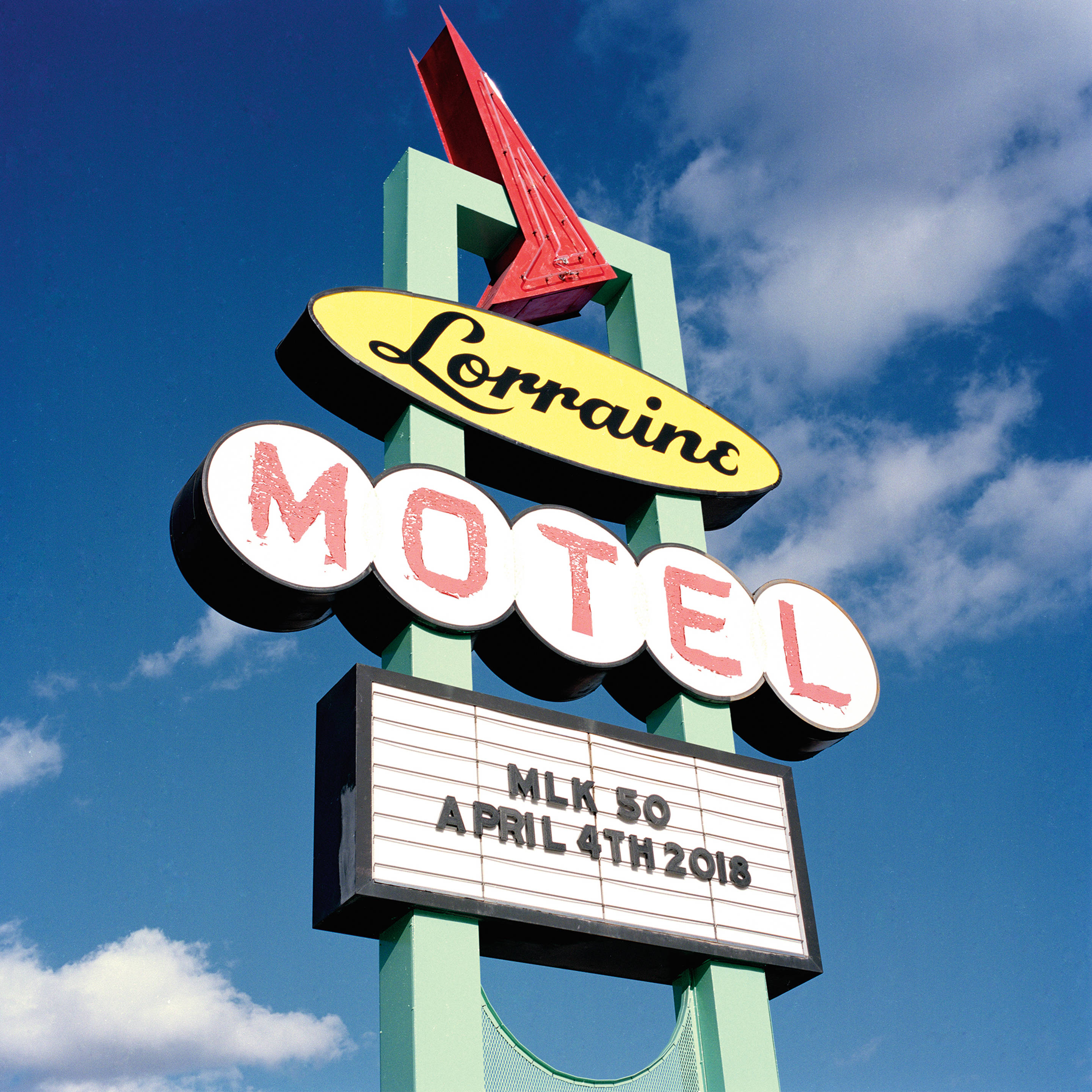
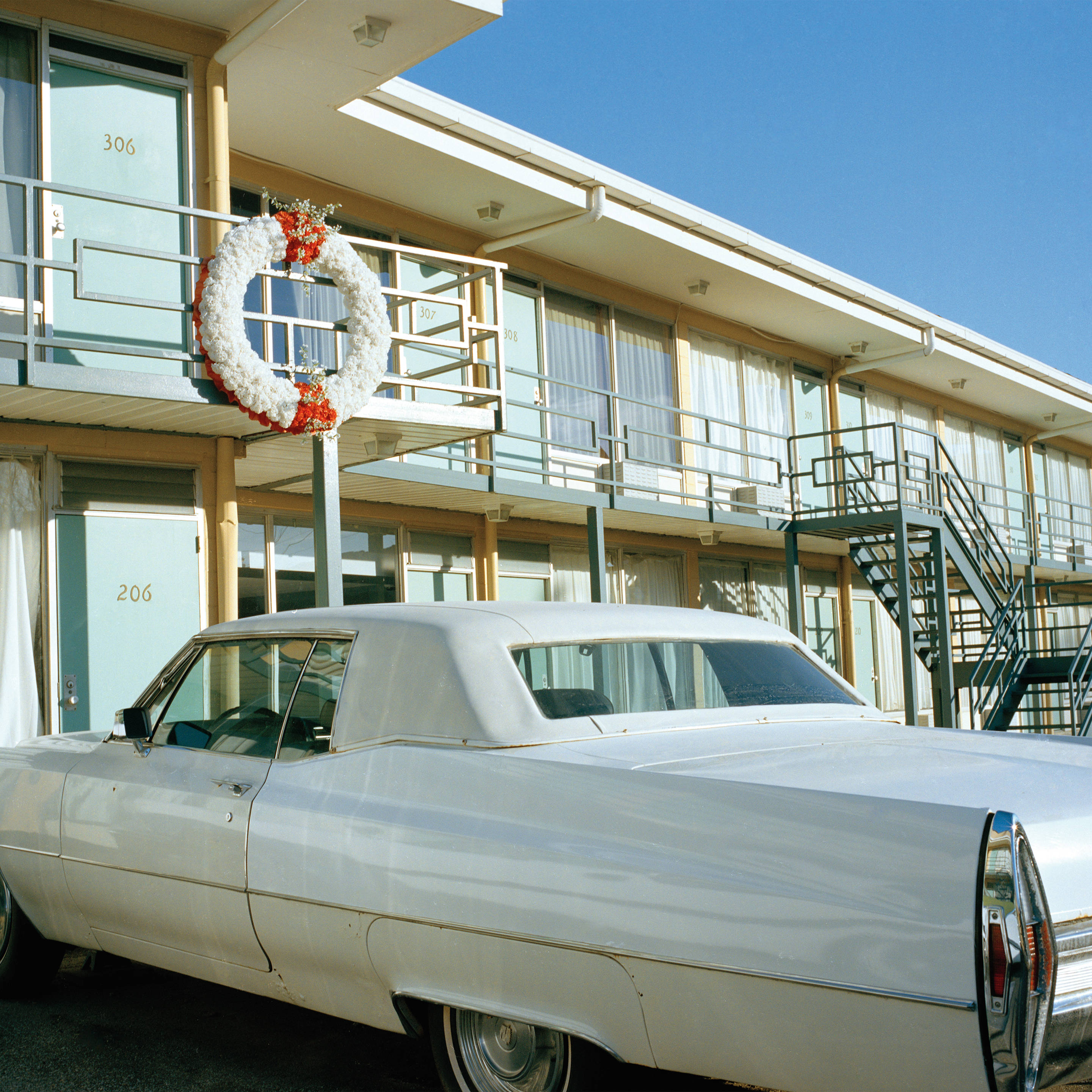
I feared for my younger brothers, my father, my friends and any black man in this country who could be subjected to violence and have his death played out in the media so widely and publicly. I feared for myself, as a young black woman, and the thought that I would eventually have black children.
Those years solidified my choice to attend John Jay College of Criminal Justice in New York City and eventually graduate with a B.A. in humanities and justice, in 2018. I also came to the realization that the art world lacked stories like mine, so I started to take my photography more seriously and document topics I believe in. I felt a responsibility as a black photographer to highlight the black narrative missing from the mainstream landscape. That conviction remains to this day.
The two photos printed in PLAYBOY Spring 2019 are from my coverage for The New York Times of the 50th anniversary of Martin Luther King Jr.’s assassination. I chose them because I believe that what King achieved in his short time here is the epitome of activism. He carried the burden and the stress of millions of black Americans, championing equality for all.
These images, I hope, serve as a reminder that at the same time King was a legend, he was also a father, husband, brother and friend. Despite his status and accomplishments, at the Lorraine Motel in Memphis, Tennessee, he was still a black man gunned down in America.

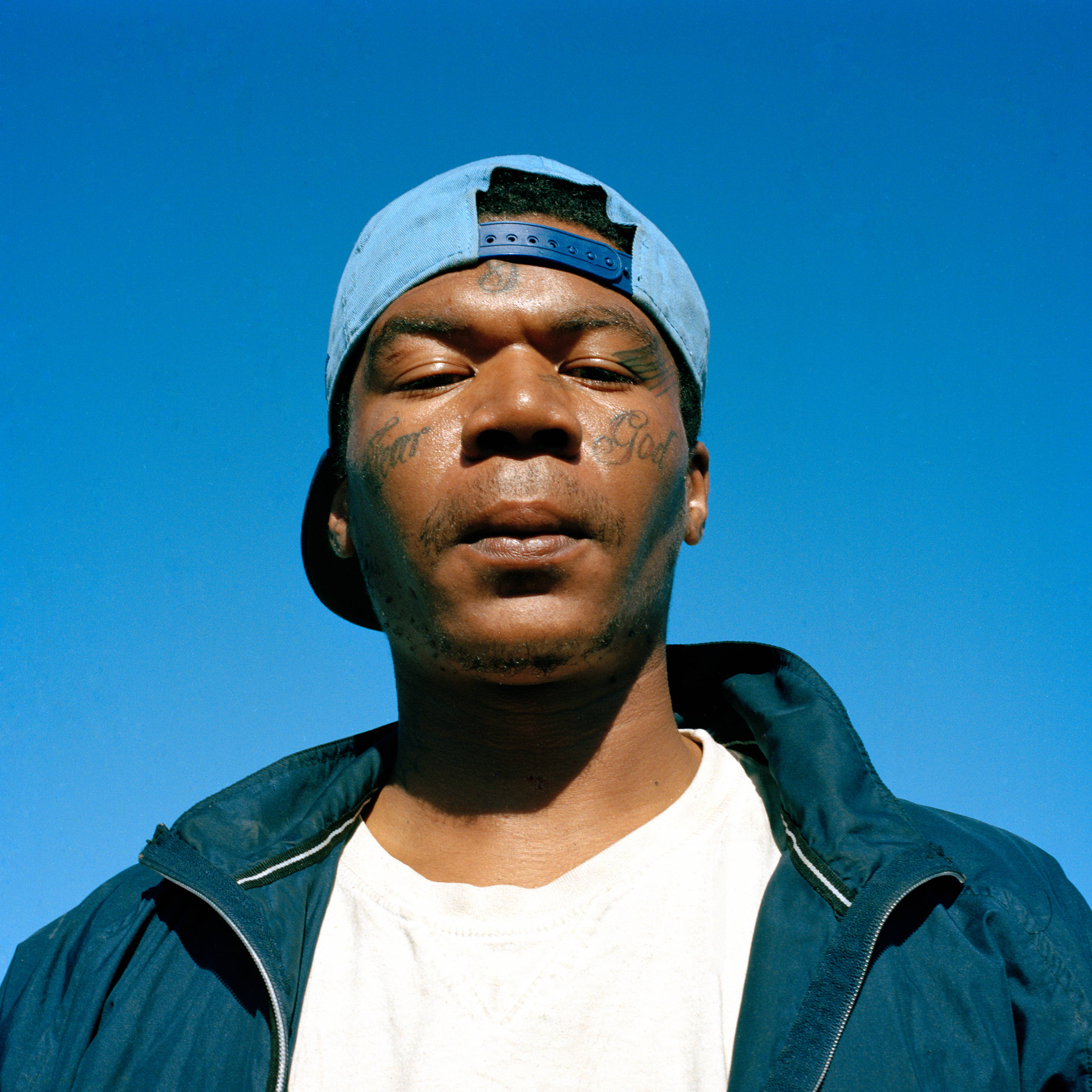
Yrsa Daley-Ward
I have a friend who means well. She comes to see me often and brings candles, sweets and sage. At the end of the night on the town she’ll say, “text when you’re home safe, babe.”
Strange then, that when it happened,
when it happened, and I told her she said,
‘Why were you there alone? You know what he’s like.’
I have a friend who ‘means well.’ She knows how to soothe things like depression (golden root, blueberries, orange scent) and will always want to celebrate your birthday—but when there’s a man in the room she jokes about your faults.
I have a friend who means well, so well, but doesn’t trust anyone around her boyfriend; will laugh out loud at his bad manners, will make excuses for his hate, will placate, will rearrange our plans together if he suddenly has a free night. I have a friend who knows herself and forgets herself in a blink. A friend that says things like Yeah, but I’m sure she provoked him. I’ve got a well-meaning, dear soon to be not friend who says not all men, and, men will be men…
but my man would never.
I LOVE MY FRIEND. MY FRIEND WHO SAYS WHAT DID SHE DO WHAT DID SHE DRINK LOOK WHAT SHE WORE WHAT DOES SHE THINK SHE IS? I LOVE MY FRIEND. I LOVE MY FRIEND, BUT IT’S OVER.
Daley-Ward is a writer of mixed West Indian and West African heritage whose most celebrated works include a memoir, The Terrible, and a collection of poems, Bone.
Sometimes it's the quiet, cautious works that make communities feel closest.
Nathaniel Mary Quinn

In 2015 I found myself compelled to make art in response to the wretched reality that is the bedrock of our great United States. Here, the white police officer (or “Super Nigga”) mutates into the beastly men he has succeeded in demonizing and murdering in cold blood.
The police officer is mangled, wracked by his violent history going back to the Ku Klux Klan and ruled by his terror. He is bound at the hips by the imagined large and mighty penis of the black man who overpowers him and represents the center of his inferiority and insecurity. And of course, no depiction of an officer would be complete without his gun ready at hand, his only recourse for fighting against the fears—the fear of that black man—that lie within him.
The subject is dressed in a vintage-like Superman costume with the colors of the American flag. Superman, an American hero, is in fact an immigrant who pretends, as his disguise, to be clumsy and incompetent in order to fit in. The police officer thinks he needs his uniform to declare himself better than the lesser earthly mortals.
In today’s political climate—both here in America and around the world—there is a growing upheaval about the so-called majority’s replacement, the changing of the guard, the fear that jobs and professional opportunities are somehow being taken from -superior white men and given to black and brown folks.
We shall never forget the age-old chant of those Nazis marching down the street in the land of the brave and free that fateful morning in Charlottesville, Virginia. “Jews will not replace us! Blacks will not replace us!” And yet, their -severe lack of competence prevents them from realizing the indisputable fact that they are not being replaced; simply put, they are being outperformed.
As a result, and scarily so, they’re all becoming Super Niggas.
Timothy Curtis

Philadelphia graffiti culture has a style all its own, focused on long lines and embellishment and bound by friendship. No matter what neighborhood I bounced to or from, I was never alone. My friends were every race, color and religion, but we found common ground in being impoverished and fatherless. None of us knew much beyond our art and getting into trouble, but we always knew love.
Even in prison, camaraderie was my means of survival. In 2015, at the end of an eight-year sentence, I created a 75-foot painting in the gymnasium at Somerset state prison with fellow inmates. The goal was to paint something that pushed against the system’s deep-rooted hatred for the poor and people of color. My collaborators were all serving life sentences, so the walls stand for them. We painted a brown fist holding a 100-pound kettlebell smashing “Somerset” to pieces. The explanation I gave the prison staff, however, referenced the CrossFit program. This was my “Good-bye, fuck you!”—a proclamation that no prison could kill our spirits or creativity.
My work, including the piece above, focuses on powerful lines that put my emotions into action. It’s intended to provoke thought, connection and happiness. I aspire to create a new visual language available to all people. I don’t claim to know what makes art great; I just keep drawing and painting, hoping to find out one day.
In my experience, activism is powerful when it’s loud and when it’s soft. Sometimes it’s the quiet, cautious works—the ones that feel like a secret shared among a select few—that make communities feel closest.

Icy and Sot

While the strict laws inspired our creativity, enforcement made it difficult to grow as artists. When we started to get attention and received international orders, we couldn’t even ship the works, because mail was searched for contraband. We had to cover a given work with another, more traditional canvas. Still, we never lost our motivation.
After six years of working in Iran—and dealing with all the stress, fear and lack of support that comes with life as an artist there—we decided to leave. In 2012 we planned our first solo show in New York City, got our visas and finally made it to the United States. We haven’t left since.
The freedom of America makes it so much easier to create, to experiment. But our knowledge of the lack of freedom in other parts of the world—issues of human rights, capitalism, censorship, ecological justice—continues to inspire, even as we’ve evolved beyond single-layer stencil work.
Still, despite the constant change in medium, we’re sure to keep our work simple. With simplicity, we maintain a voice that can communicate across languages, regions and education levels.
We hope this piece falls in line with our goal to reach across any barriers that divide people all over the world. In Imagine a World Without Borders, the flowers cover the razor wire in protest. While barbed wire is meant to keep people out, flowers welcome people in.
Regardless of where they come from, all humans should be welcome. Immigrants, like us, leave what they know not because they want to but because they must. Sure, this work may play only a small role in your day, but maybe—even just for a moment—we can help you escape from the chaos and imagine a better world.

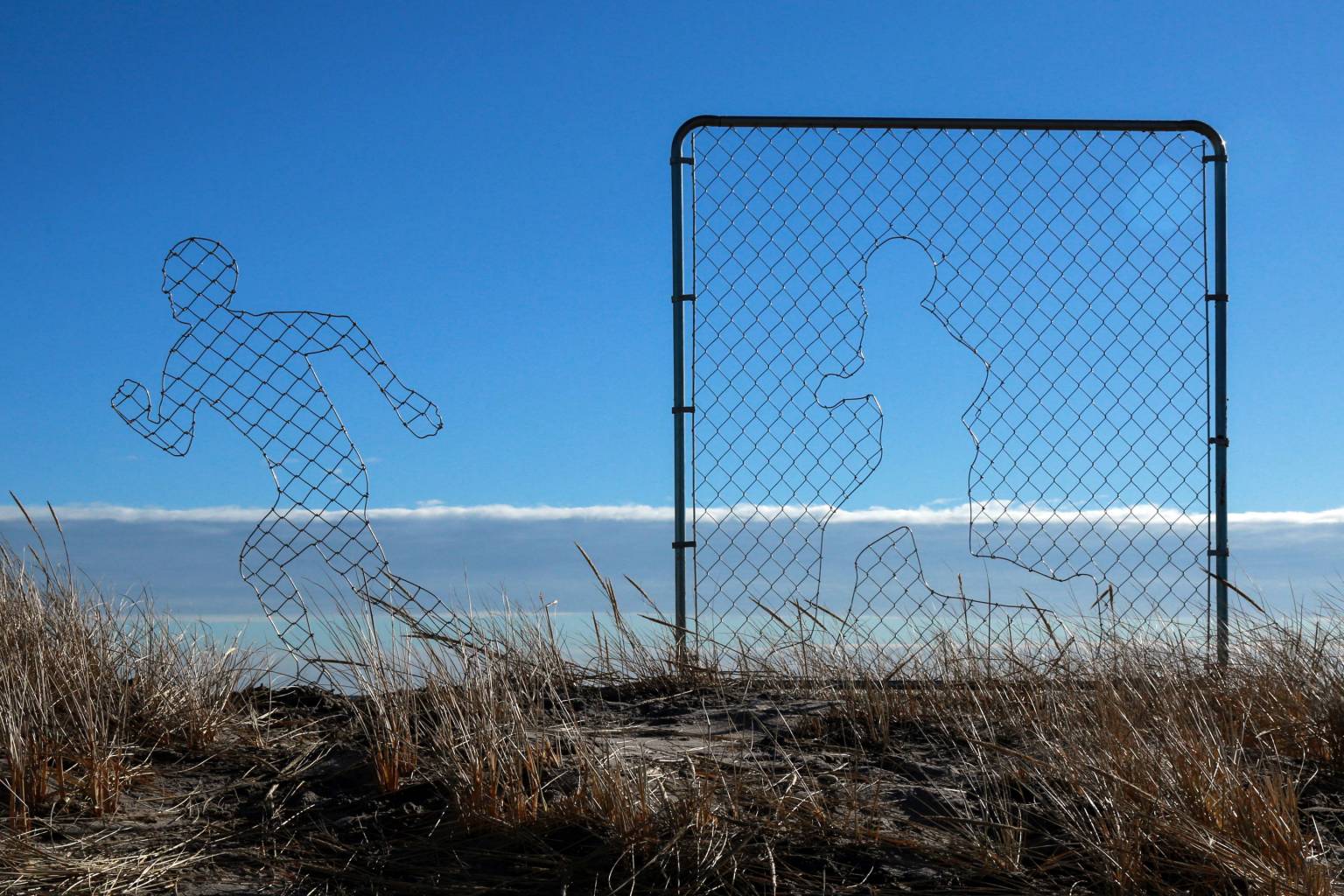
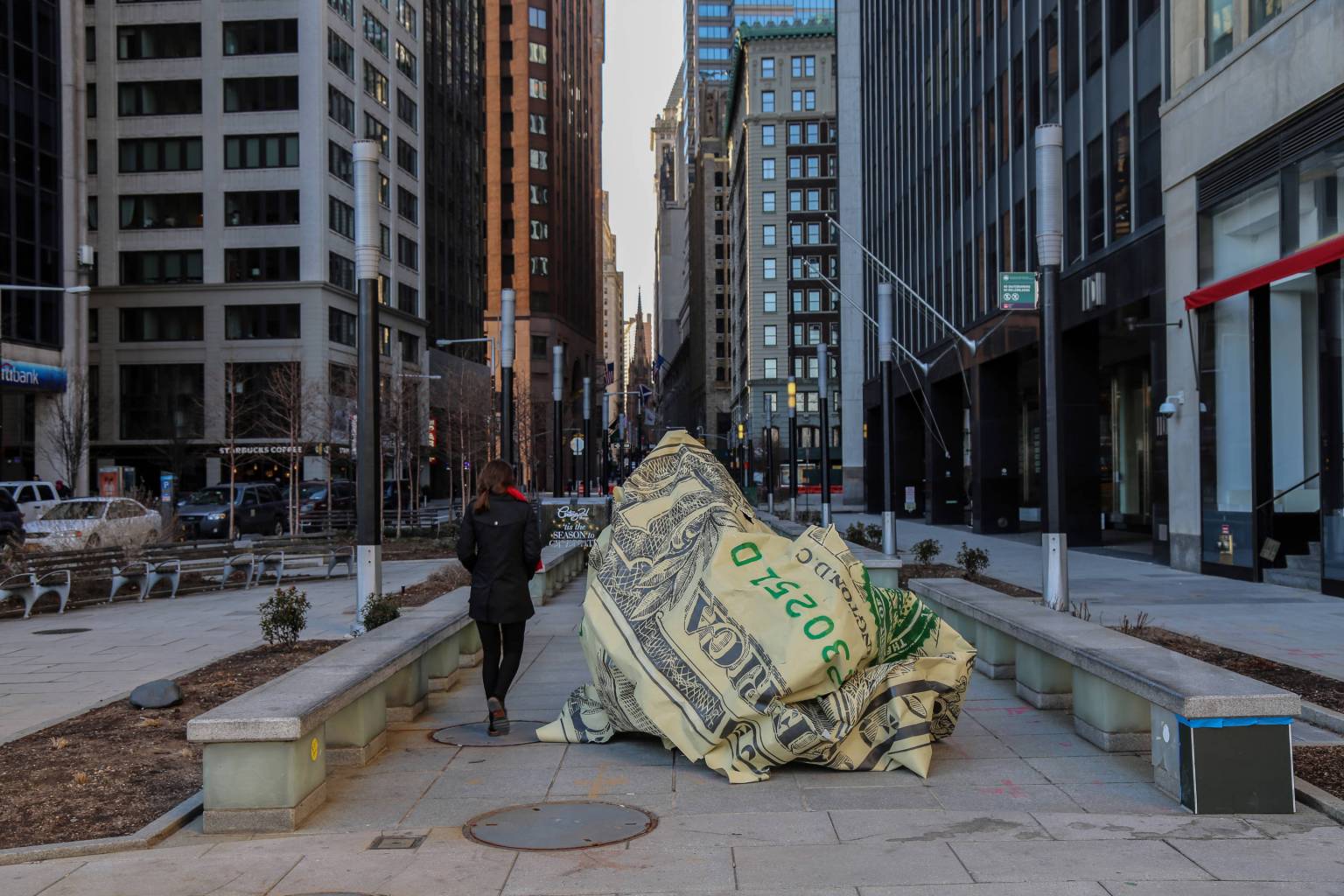
Publishing Politics

"This cover is by Emory Douglas, former Minister of Culture for the Black Panther Party and one of the most influential political-poster artists in the U.S. Clearly the work’s politics are inherent not only on a thematic level but on a practical one as well. The Panthers are from Oakland, which is where I’m from and which is in the backyard of where Juxtapoz was founded. He means so much not only to political art but to activism in general; he gave a visual culture to a movement. That is so rare, so important."
Nina Chanel Abney, July 2016
"We published this cover by Nina Chanel Abney right when the Trump campaign was reaching a full boil—just as it all started to feel like “Oh shit, this is getting real.” It was also the moment, as you can tell from the police-brutality image, when his divisive tone was starting to become extremely distasteful and directed. It felt really special to have this image on the cover in the middle of an increasingly hostile dialogue in America. As a bonus, Chanel Abney went on to become a museum artist; we got her just as she was making the jump, which is also special."
Marcel Dzama and Raymond Pettibon, February 2017
"We featured two fairly anti-Trump images in a row, but in contrast to Nina Chanel Abney's cover, this one by Marcel Dzama and Raymond Pettibon is a less direct but more insightful commentary on how our staff, the art world—hell, the damn world—was feeling after those elections. The woman is the superhero saving the day, saving the men, as this omnipresent eye watches over the scene. It captures a nuanced kind of hope that’s strong—not in spite of a loss but because of a rejection of defeat. Maybe this is even a precursor to 2020..."
